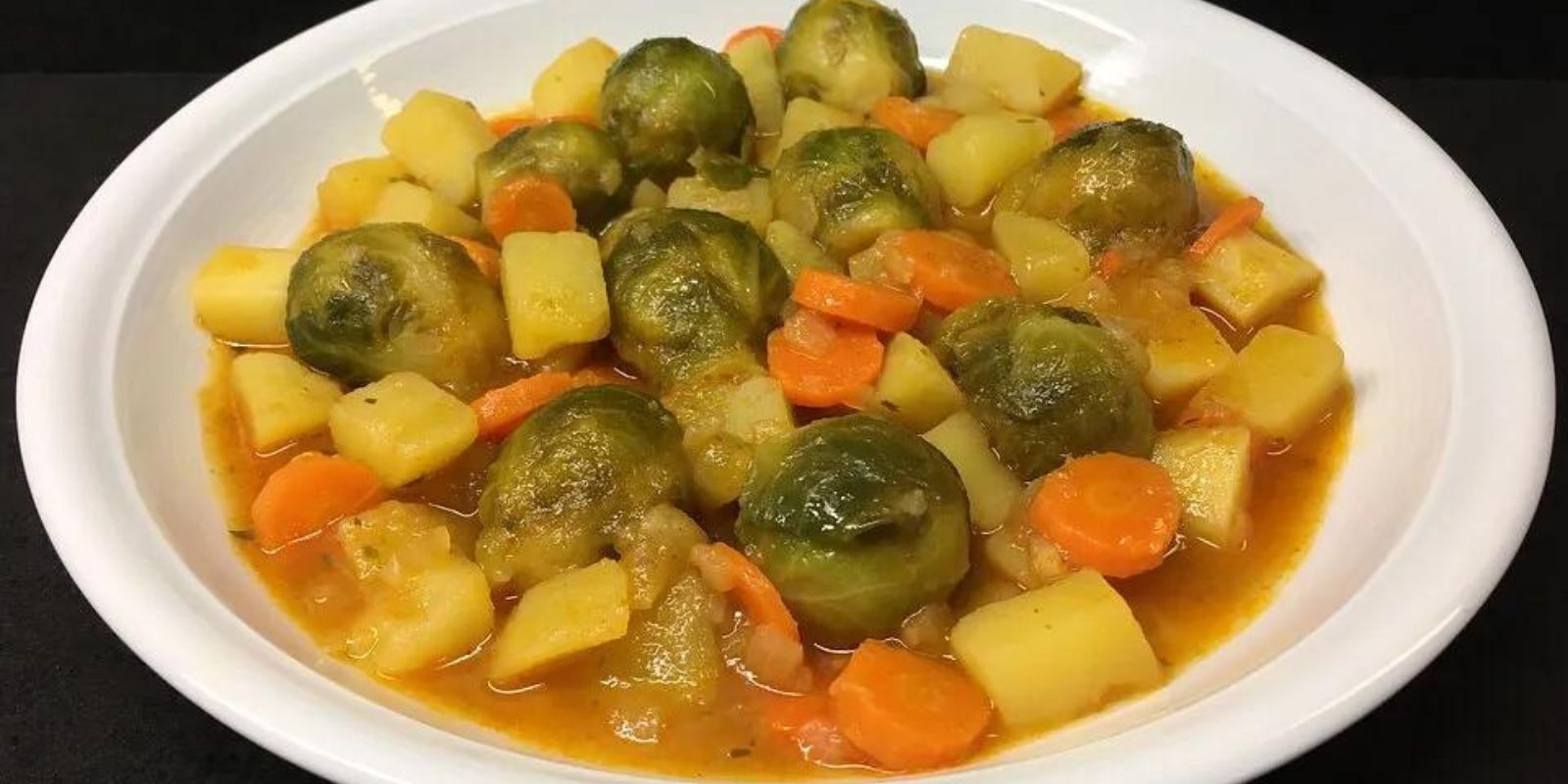In the world of German cuisine, few dishes embody the warmth and comfort of a home-cooked meal quite like Rosenkohleintopf. This traditional German recipe features Brussels sprouts as the star ingredient, creating a hearty and wholesome soup that is perfect for chilly days or a satisfying family dinner. Join me on a culinary journey as we explore the rich flavors and cultural significance of Rosenkohleintopf.
History and Cultural Significance:
Rosenkohleintopf, often referred to simply as “Brussels sprout stew,” has deep roots in German culinary traditions. The dish has been passed down through generations, with each family adding its unique touch to the recipe. The use of Brussels sprouts, a member of the Brassicaceae family, highlights the influence of seasonal and locally available ingredients in traditional German cooking.
The term “Rosenkohl” translates to Brussels sprouts in German, and “Ein” means one, while “Topf” translates to pot. Thus, the name itself signifies a one-pot dish that centers around Brussels sprouts. The popularity of Rosenkohleintopf has endured over the years, and it remains a beloved comfort food, especially during the colder months when hearty soups and stews take center stage in German households.
Ingredients:
Let’s delve into the essential ingredients that make up this delightful dish. The beauty of Rosenkohleintopf lies in its simplicity, relying on a combination of fresh and flavorful components:
- Brussels Sprouts: The star of the show, Brussels sprouts bring a distinct nutty flavor and hearty texture to the stew.
- Potatoes: Adding a comforting and starchy element, potatoes contribute to the soup’s thickness and heartiness.
- Leeks: Providing a mild onion flavor, leeks enhance the overall taste of the stew.
- Carrots: Adding sweetness and vibrant color, carrots contribute to the nutritional profile of the dish.
- Bacon: Traditional recipes often include bacon, which imparts a savory and smoky note to the stew.
- Broth: Chicken or vegetable broth forms the flavorful base of Rosenkohleintopf, infusing the dish with depth and richness.
- Seasonings: A combination of bay leaves, thyme, salt, and pepper adds the perfect balance of aromatic and savory notes.
Recipe:
Now, let’s explore the step-by-step process of preparing this comforting Rosenkohleintopf:
- Begin by cleaning and trimming the Brussels sprouts. Cut them in half or quarters, depending on their size.
- Peel and dice the potatoes into bite-sized pieces.
- Slice the leeks and carrots into thin rounds.
- In a large pot, cook the bacon until it becomes crispy. Remove the bacon and set it aside for later.
- In the same pot with the bacon fat, sauté the leeks until they become translucent.
- Add the Brussels sprouts, potatoes, and carrots to the pot, stirring to combine with the leeks.
- Pour in the chicken or vegetable broth, ensuring that the vegetables are submerged. Add bay leaves and thyme to infuse the stew with aromatic flavors.
- Season the stew with salt and pepper to taste. Bring the mixture to a boil, then reduce the heat to simmer.
- Allow the Rosenkohleintopf to simmer for about 20-25 minutes or until the vegetables are tender.
- While the stew is simmering, crumble the reserved crispy bacon.
- Once the vegetables are cooked, remove the bay leaves, and ladle the Rosenkohleintopf into bowls.
- Garnish each serving with a sprinkle of crumbled bacon, adding a final touch of flavor and texture.
Serving and Enjoyment:
Rosenkohleintopf is best enjoyed hot, served with a slice of crusty German bread or a hearty rye roll. The combination of tender Brussels sprouts, potatoes, and bacon creates a soul-warming experience that is sure to satisfy your taste buds. The broth, infused with the savory essence of bacon and aromatic herbs, ties the dish together, making it a wholesome and nourishing meal.
This dish is not only delicious but also versatile. Feel free to experiment with the recipe, adding your favorite herbs or spices to customize the flavor profile. Whether shared with family and friends or savored as a solo indulgence, Rosenkohleintopf offers a taste of traditional German comfort that transcends generations.
Conclusion:
Rosenkohleintopf is more than just a soup; it’s a celebration of seasonal ingredients, cultural heritage, and the joy of sharing a wholesome meal with loved ones. The simplicity of the recipe, coupled with the rich flavors it imparts, makes it a timeless classic in German cuisine. So, gather your ingredients, don your apron, and immerse yourself in the culinary tradition of Rosenkohleintopf – a dish that warms the body and soul, one delightful spoonful at a time. Guten Appetit!

